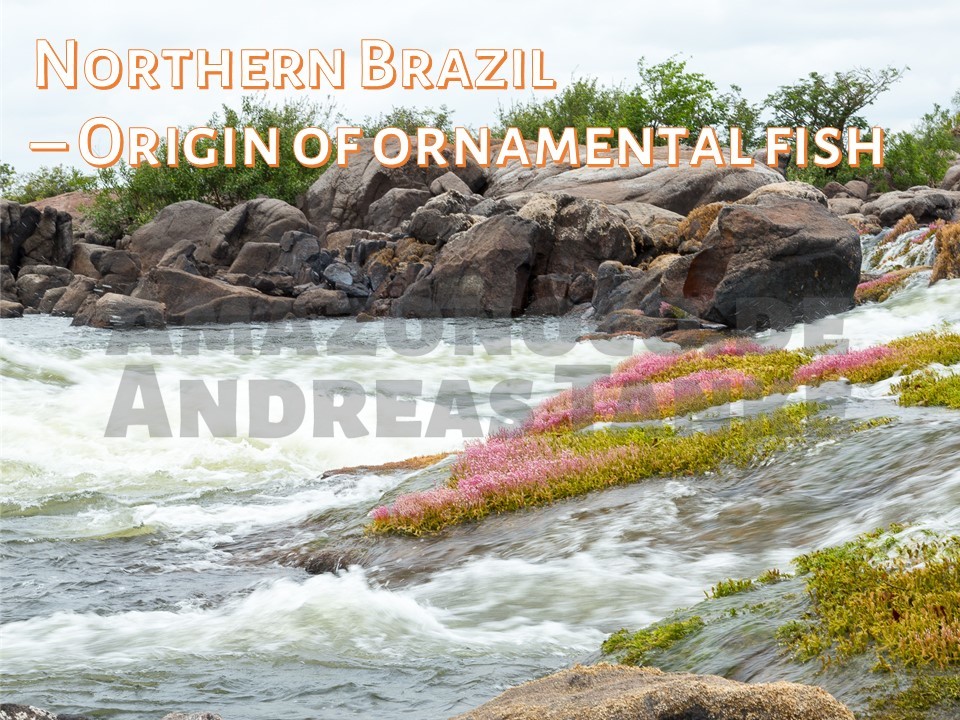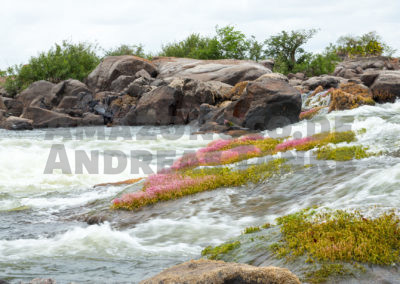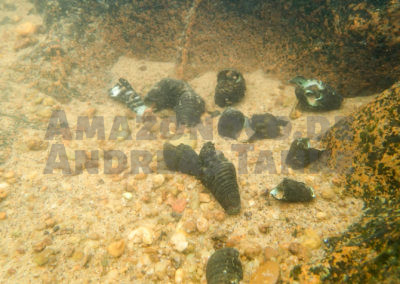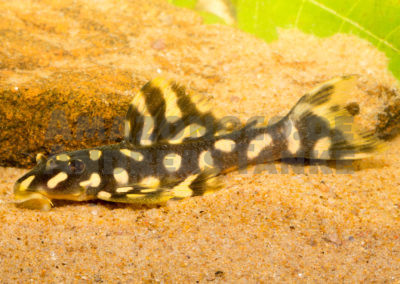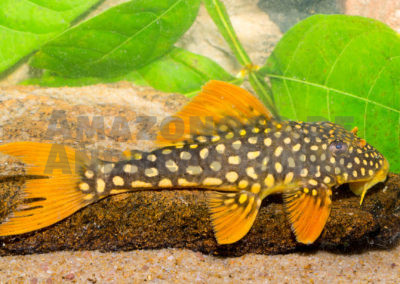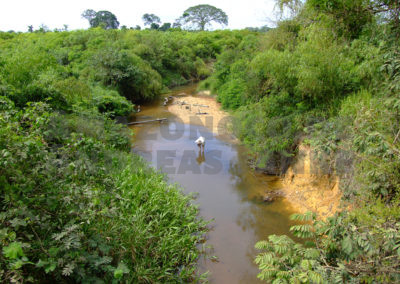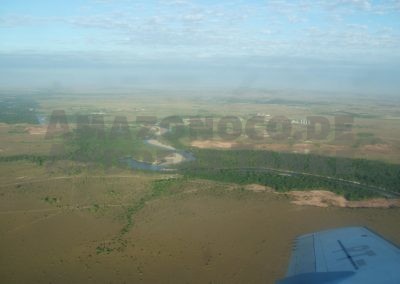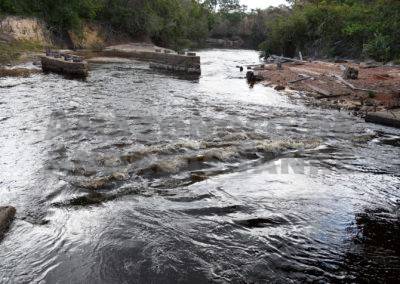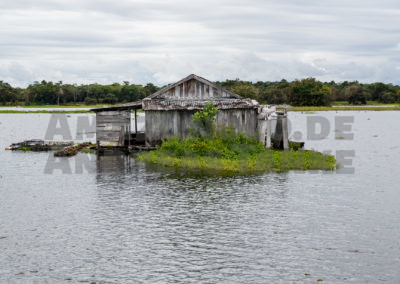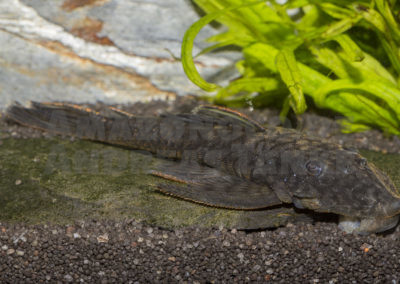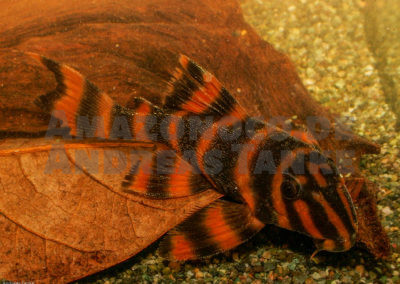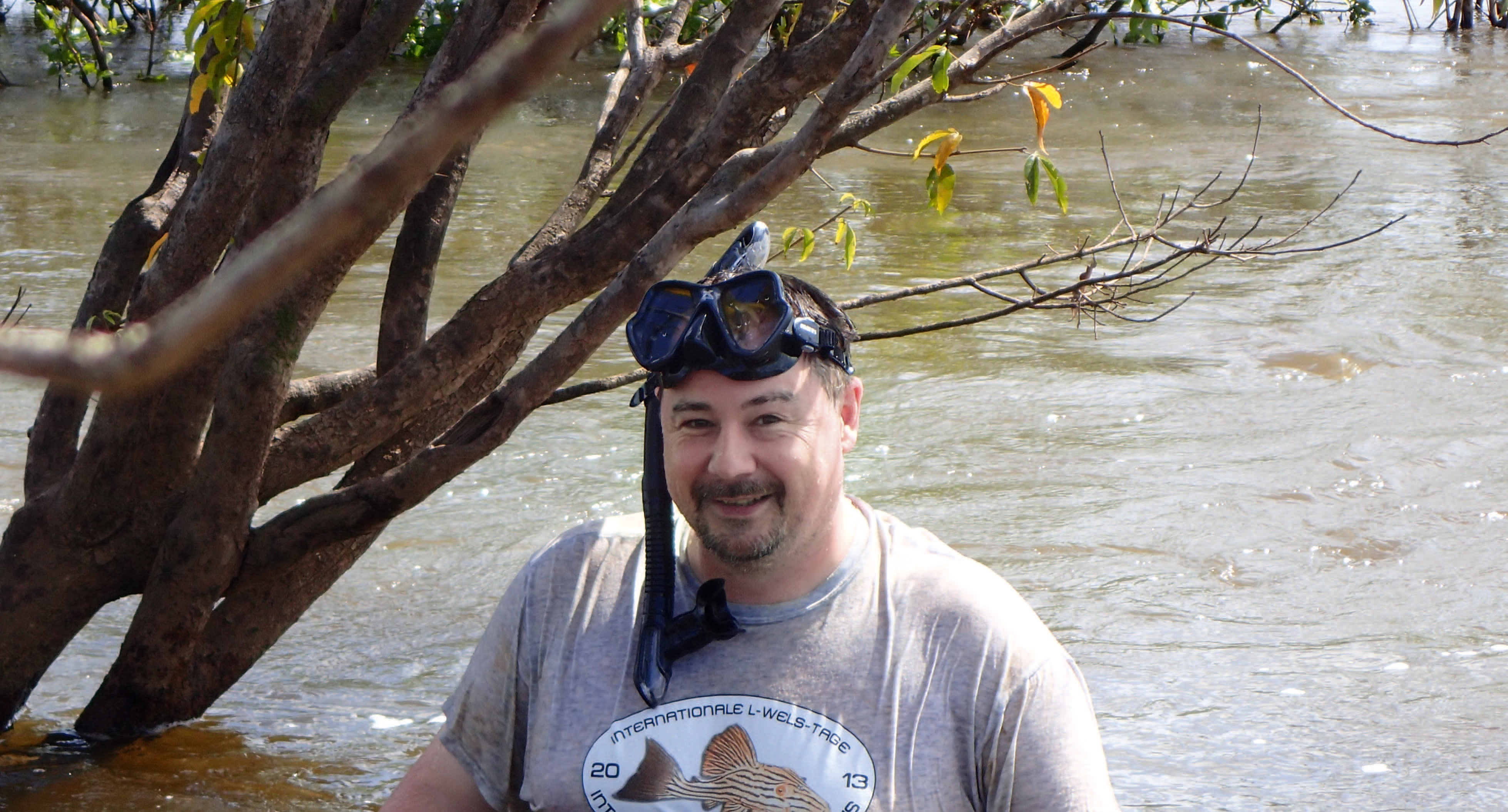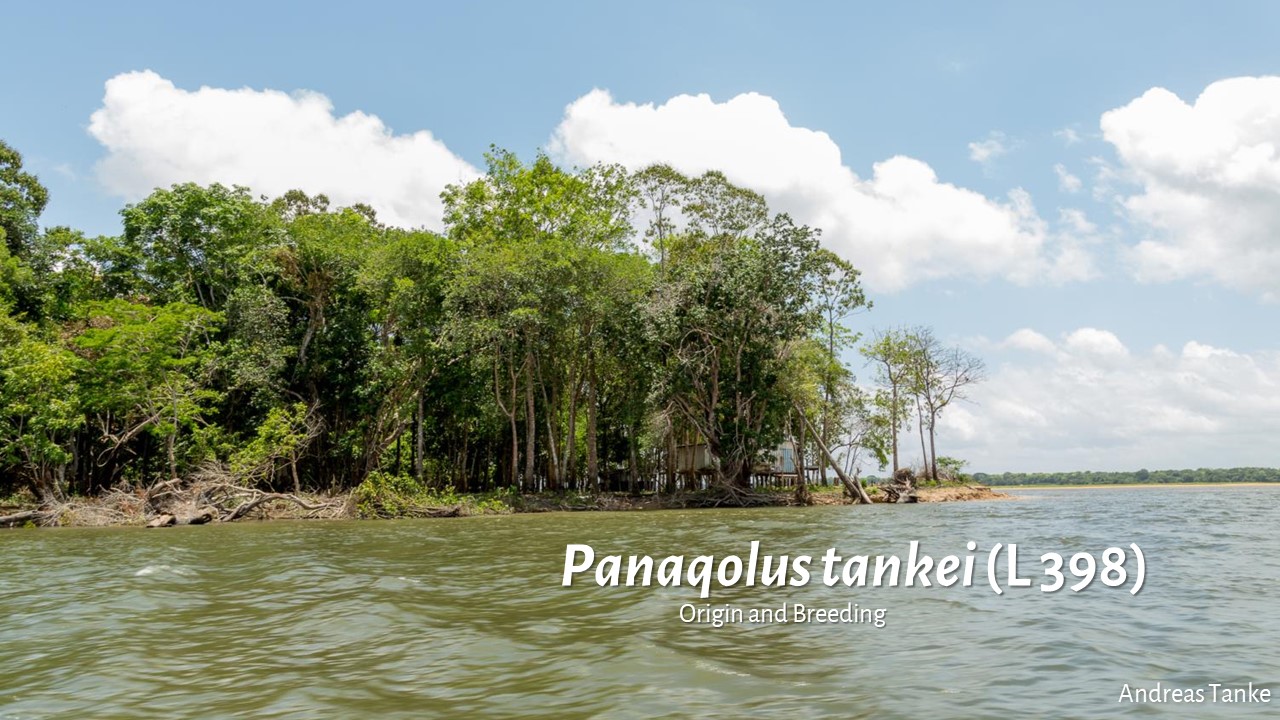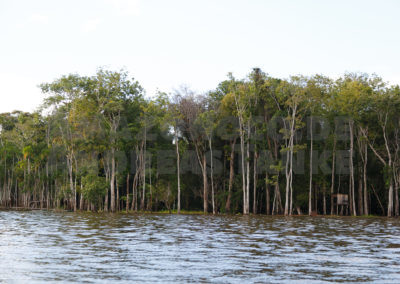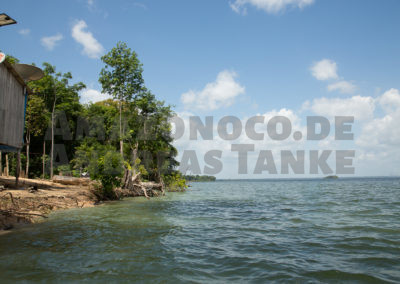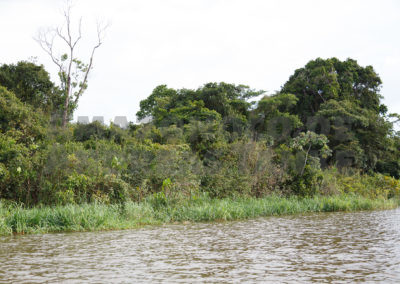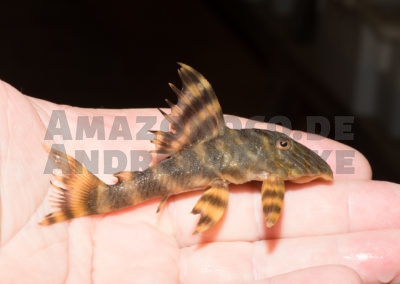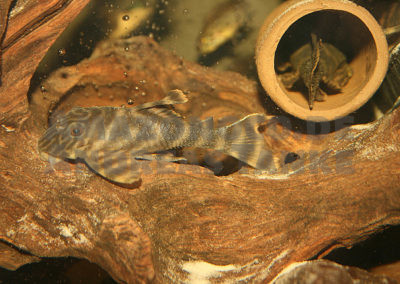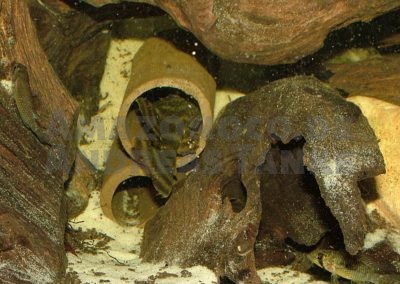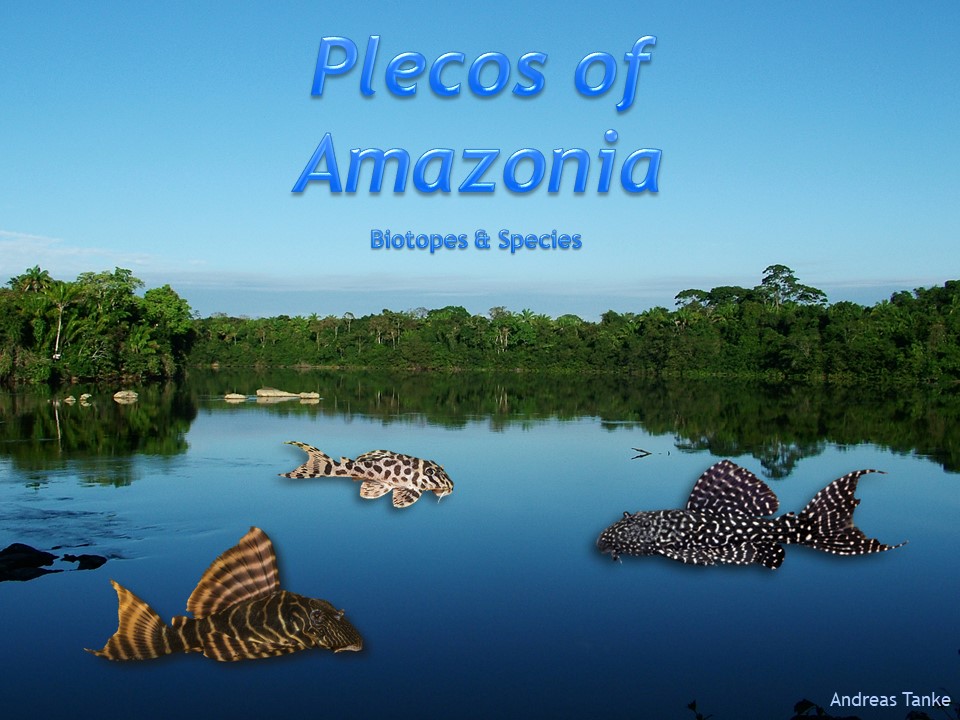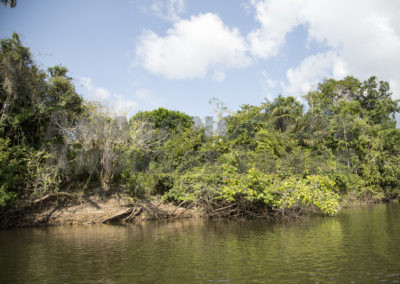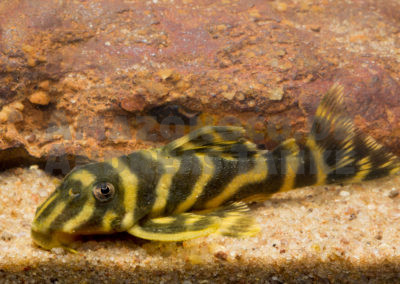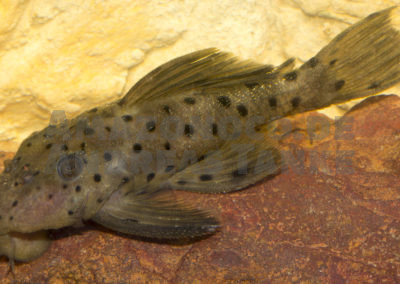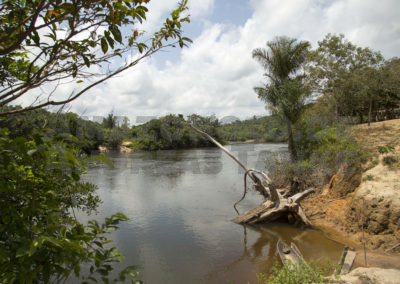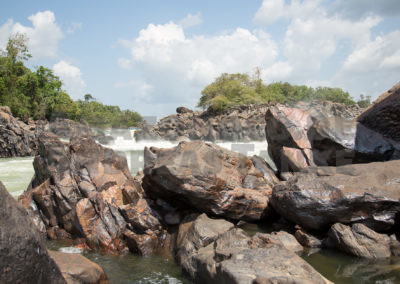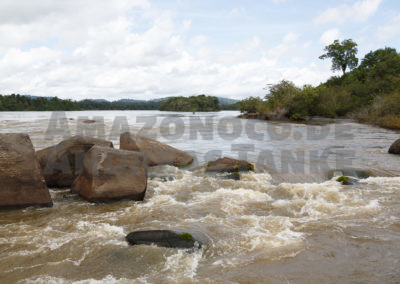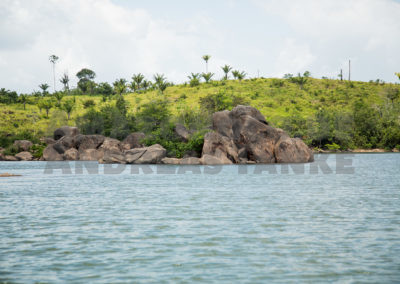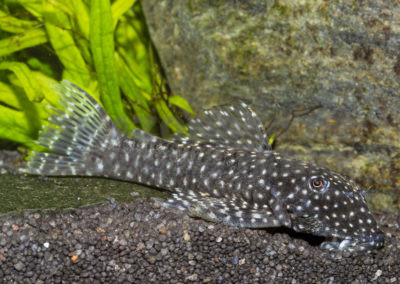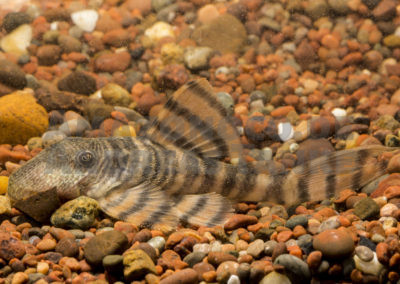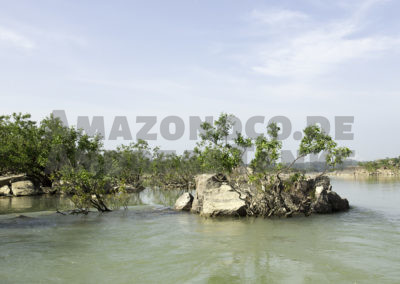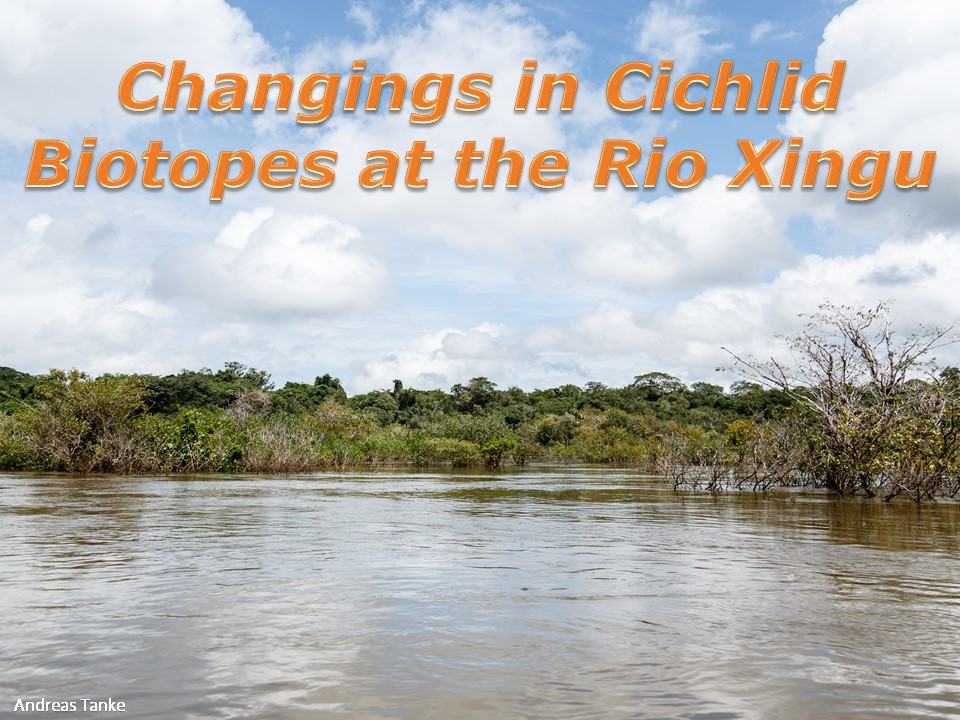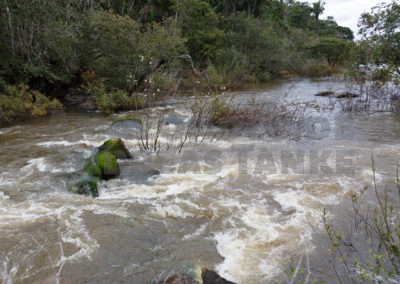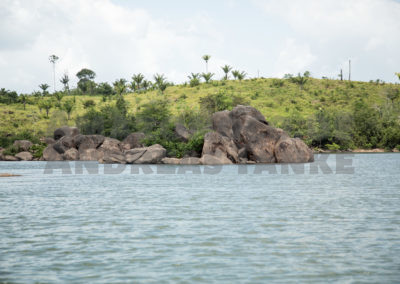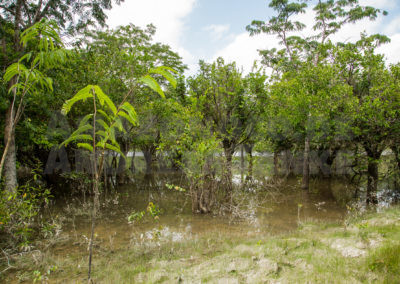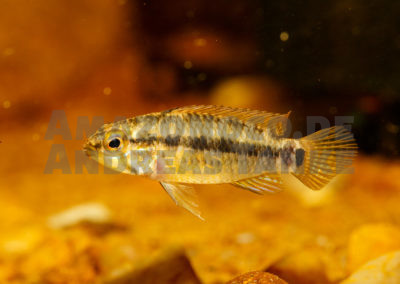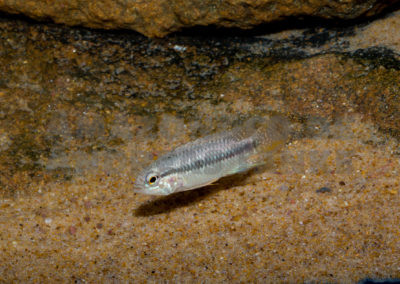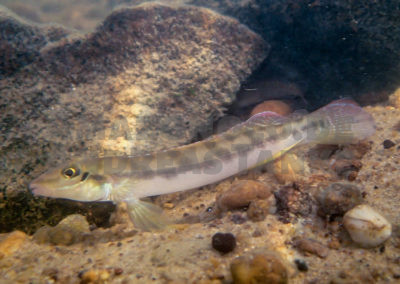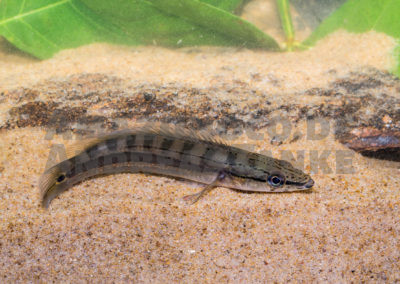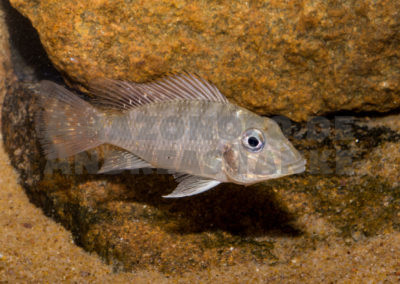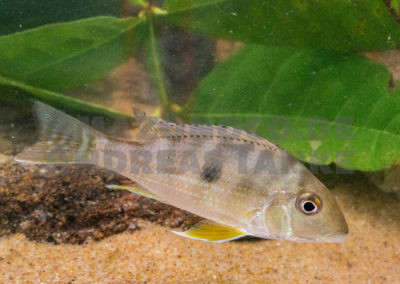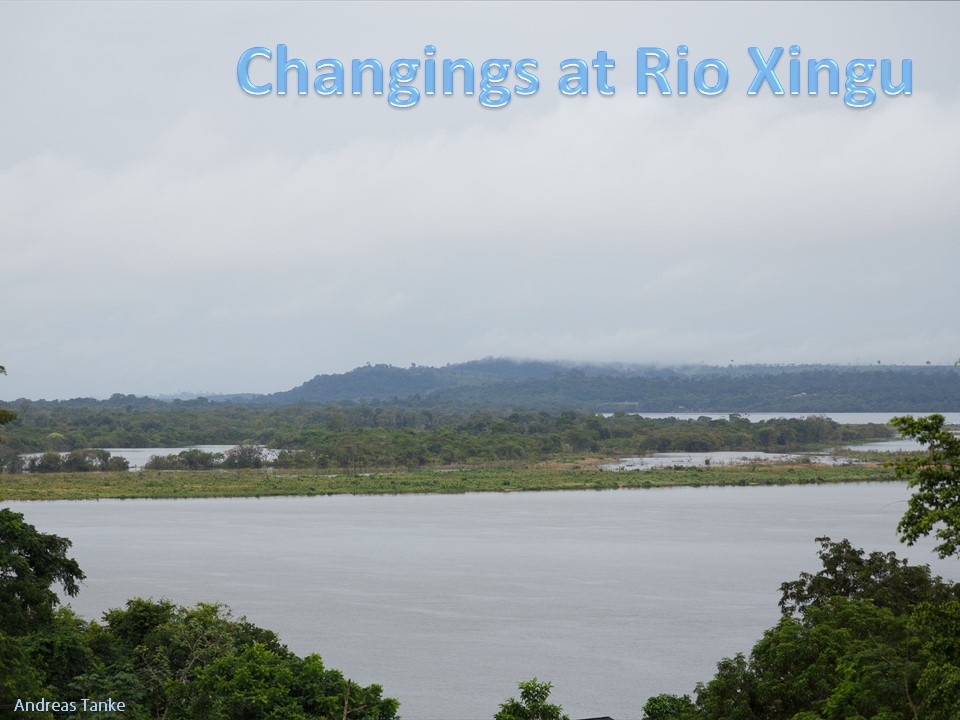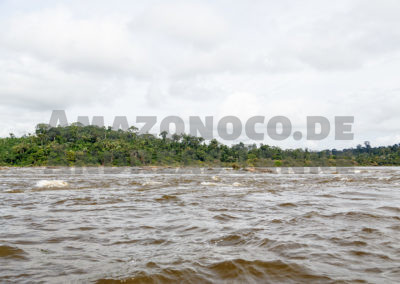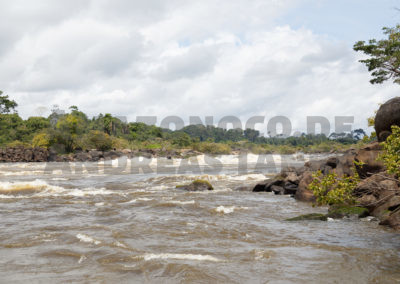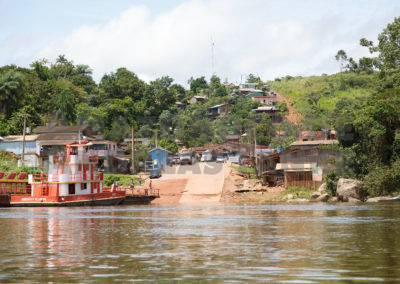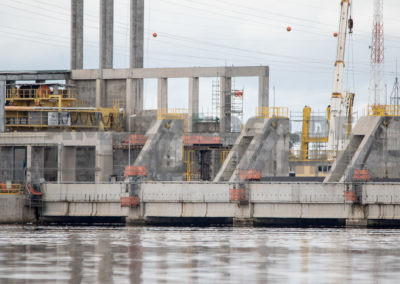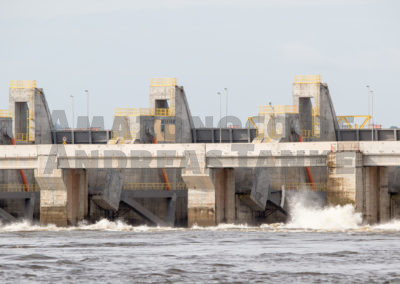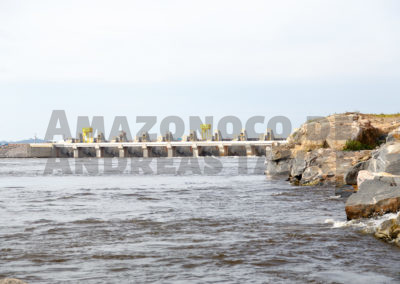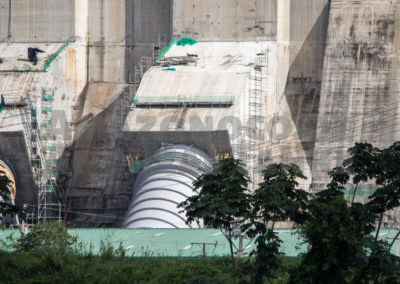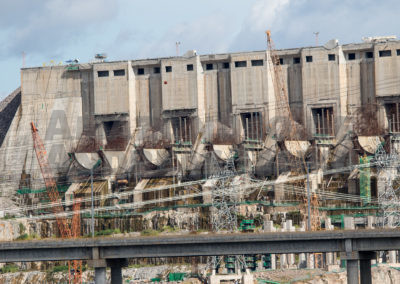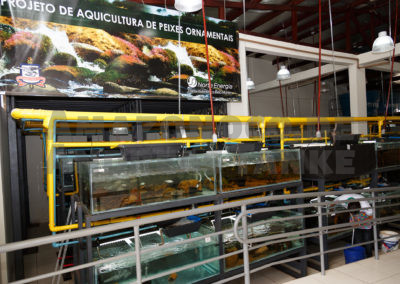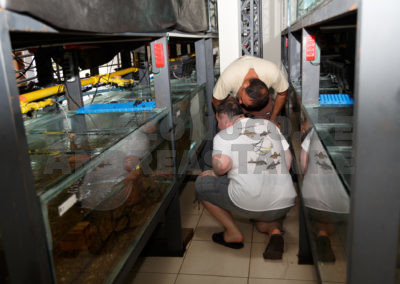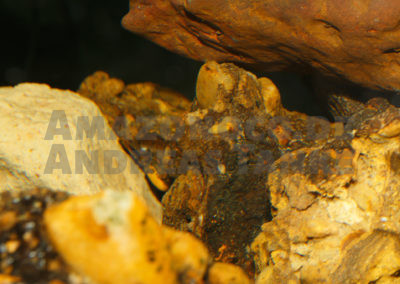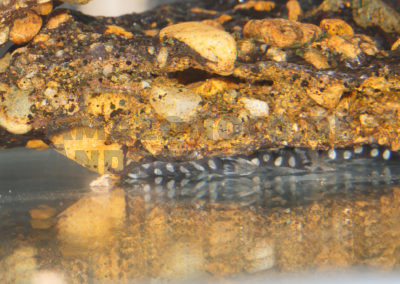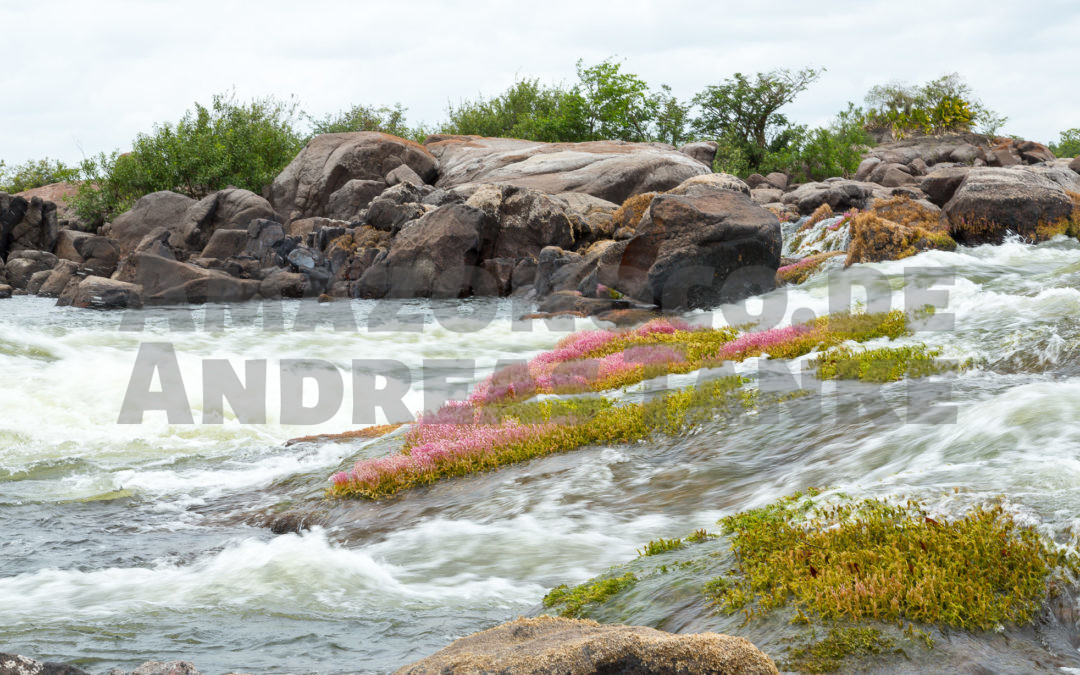
by Andreas Tanke | 17. 06. 2018
Northern Brazil – Origin of ornamental fish
This talk will present selected river systems in northern Brazil. Also the main trades centers for ornamental fish like Belém, Santarém, and Altamira will be introduced. Of course the fish from there will not be glimpsed…
Cachoeira Grande do Rio Iriri
Ancistrini sp. (L 82)
Cachoeira Grande do Rio Iriri
empty snail shells on the bottom of the Rio Xingu
Scobinancistrus aureatus (L 14)
Rio Branquinho – a black water river
Pseudolithoxus sp. “Branquinho” (L 492)
Panaqolus claustellifer (L 306)
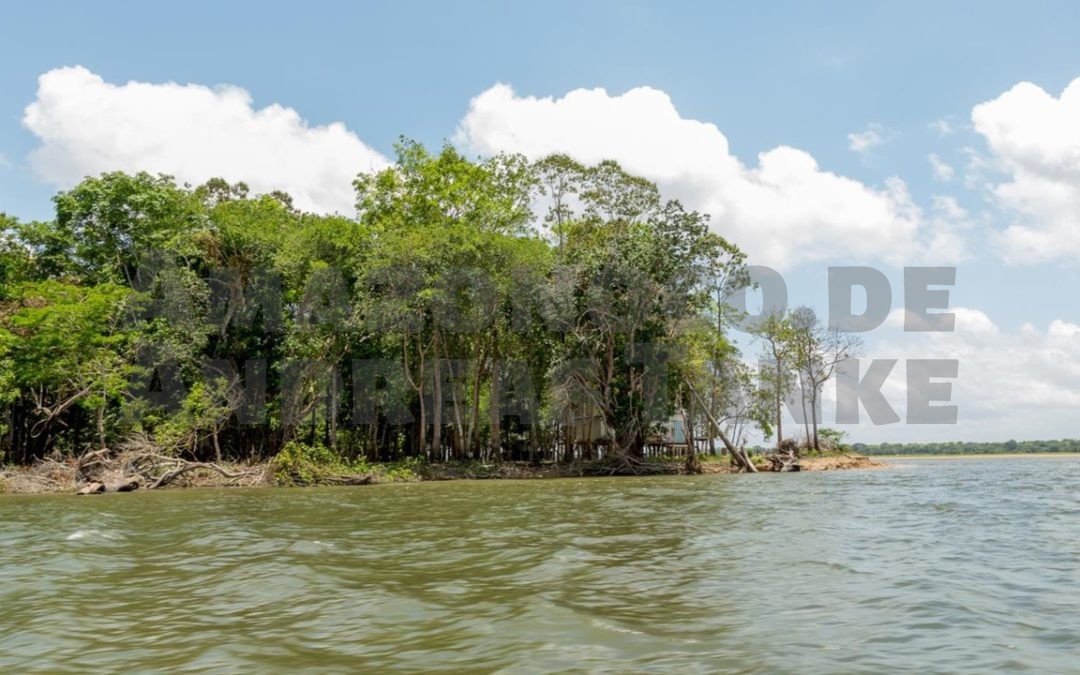
by Andreas Tanke | 16. 05. 2018
Panaqolus tankei (L 398) – Origin and Breeding
Panaqolus tankei (L 398) is pretty small pleco from the north of Brazil.
This Panaqolus comes from the Rio Xingu, and I‘ll present its natural habitats. Furthermore I’ll give some information how to keep this catfish, and, of course, how I was able spawn and breed this species first in in 2008.
Panaqolus tankei (L 398) is for me a very special pleco. First, it is the first catfish that I’ve bred. Second, Panaqolus tankei (L 398) was scientifically described in 2016 by Leandro Sousa and Christian Cramer and was named after me.
This talk can also be combined with more short talks for a full theme evening
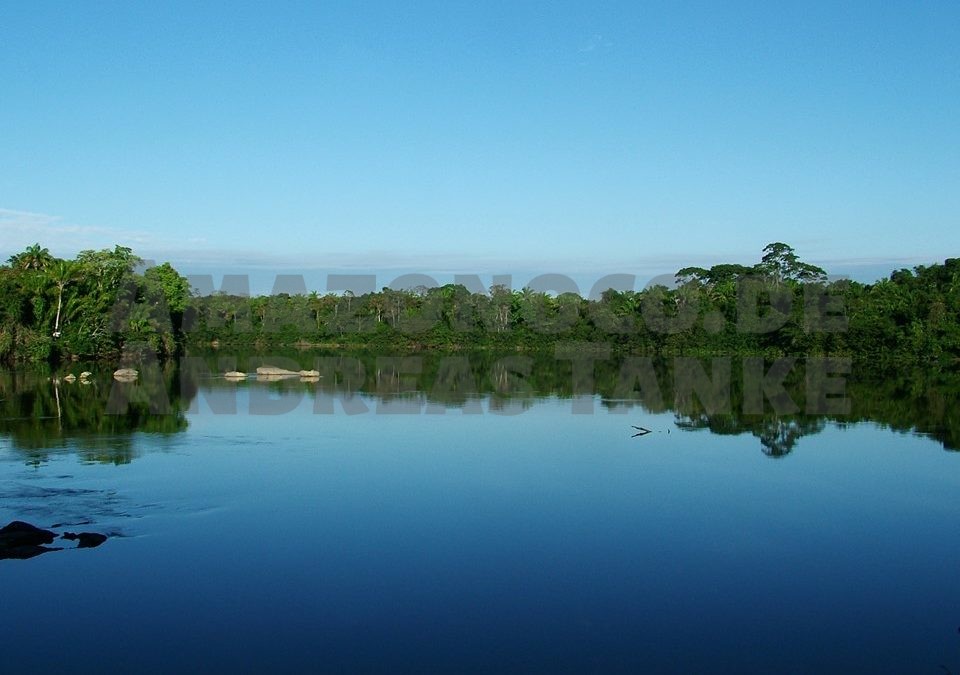
by Andreas Tanke | 16. 05. 2018
In this talk I‘ll introduce the family of loricariids, included the subgroup of L-Numbers. I‘ll begin with an overview about some habitats in Peru, Brazil and some more countries in South America, and explain how to catch plecos in the wild. Furthermore I‘ll present some genera from there, and give some hints how to breed these plecos. The final part will be how to build a breeding installation for plecos and some views in other installations…
Leporacanthicus joselimai (L 264)
Guyancistrus sp. “Jatapu”
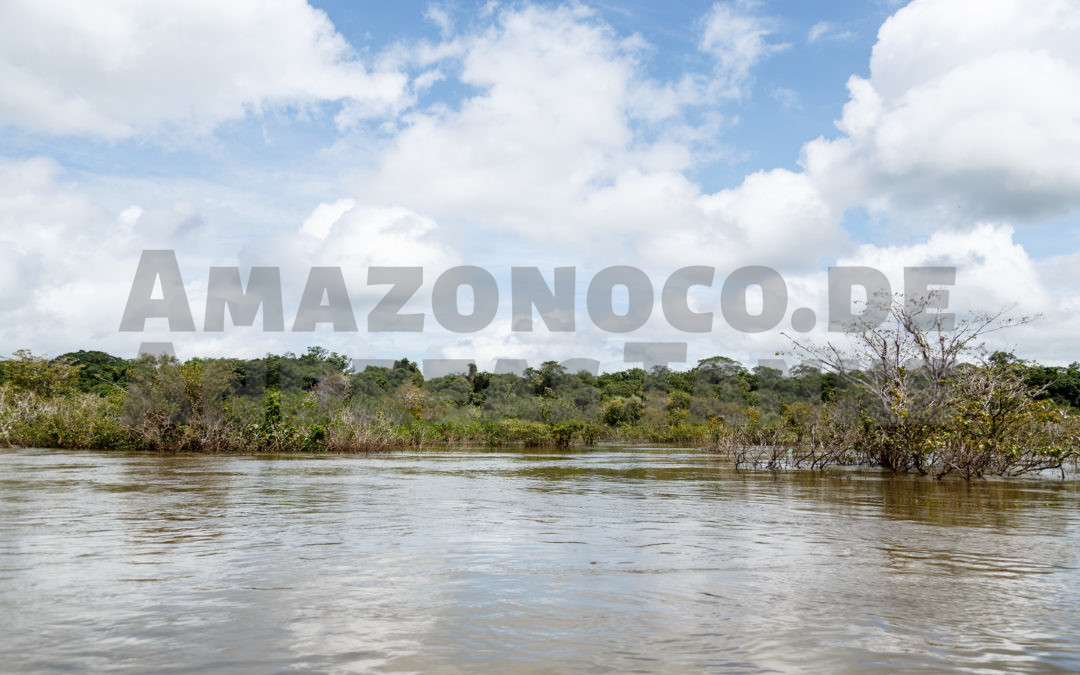
by Andreas Tanke | 16. 05. 2018
Changings in Cichlid Biotopes at the Rio Xingu
In this talk I‘ll show the possible impact of the Belo Monte dam to the inventory of cichlids at the Rio Xingu. Also I want to explain the actual situation in Altamira, about the Belo Monte dam, and the resulting problems. But I also present many biotopes and the cichlids that are living there…
Rock formation at the Rio Xingu
Flooding area at Igarapé Tucurui
Apistogramma sp. „Chao“ (A 42)
Apistogramma sp. „Vitória do Xingu“ (A 229)
Crenicichla aff. lugubris „Xingu II“
Satanoperca sp. “Vitória do Xingu”
Geophagus cf. altifrons „Xingu“
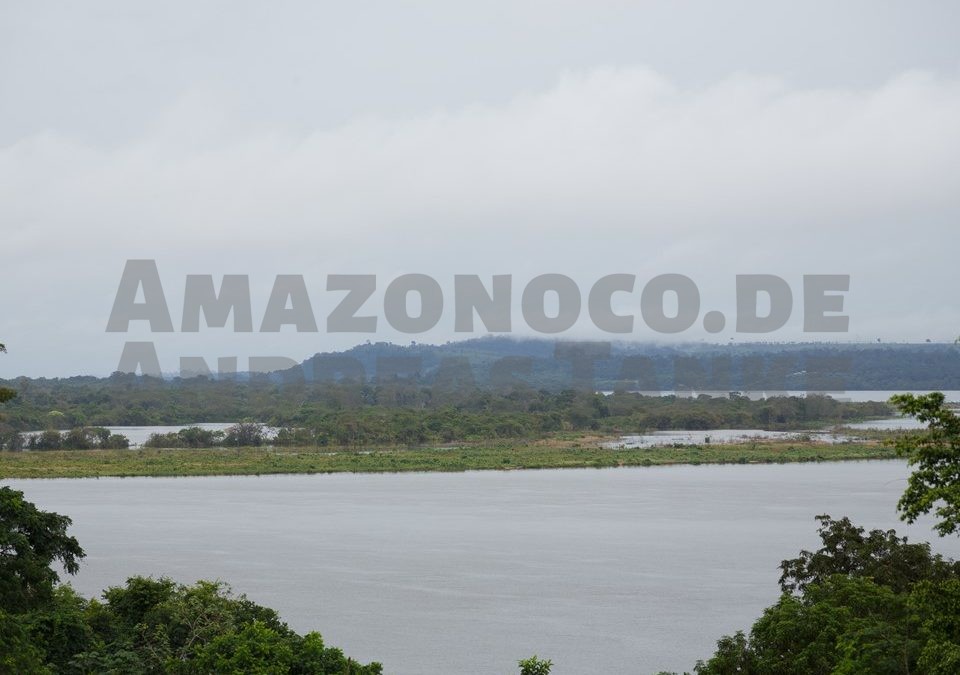
by Andreas Tanke | 16. 05. 2018
The Rio Xingu is one of the most important tributaries of the amazon in Brazil. I‘ll present the situation in the low water season and compare it with the high water season, when most rapids are flooded. Especially I give information about the actual situation at the Belo Monte dam and what that means for the future! Furthermore I‘ll present the breeding facility from UFPA that is managed by Leandro Sousa.
055A0822
Pimental Staudamm
Belo Monte Staudamm
Belo Monte Staudamm
Belo Monte Staudamm
Belo Monte Staudamm

